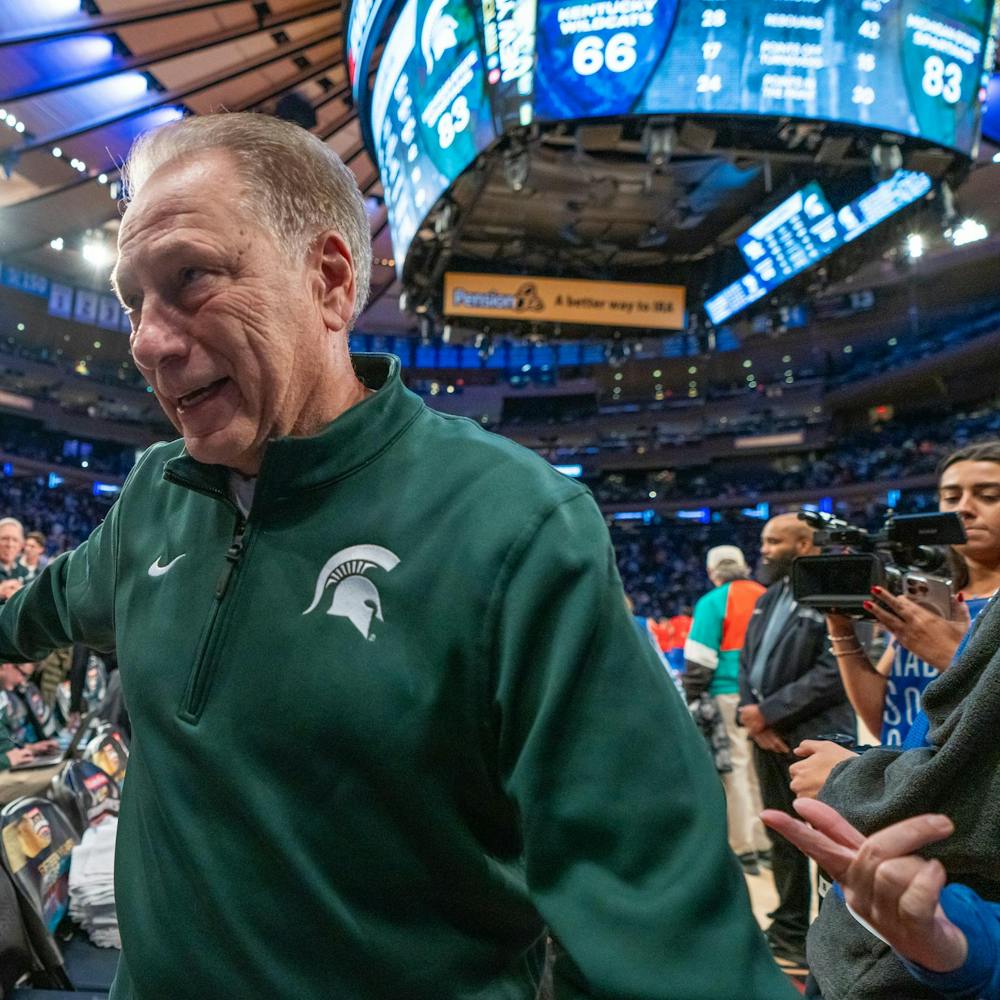It's only human nature for people to switch their dialect and language tones based on who they are talking to.
However, the act of code-switching — or the practice of alternating between two or more languages or varieties of language in conversation — is used by the Black community to eliminate bias and stereotypes towards them, especially in non-Black dominant spaces.
Digital storytelling sophomore Jabari Washington defines code-switching as changing the way you speak depending on your setting. He uses code-switching every day even in the simplest settings, he said.
“From when I play the game with my friends to when I talk to my roommate, talk to my parents, it's like constantly switching how I talk and what vocabulary they would know,” Washington said.
Code-switching presents through verbal communication and body language. The extra effort for Black students requires them to make internal decisions constantly; they have to know their surroundings and be aware of what they're saying and how they're saying it. They also have to focus on open, positive body language to be taken seriously and not be stereotyped, human biology-premed sophomore Ariana Emokah said.
Emokah mostly code-switches in classes in front of professors and classmates who don’t look like her. She said that Black students have to upkeep specific code-switching to be taken seriously.
“I think (white students) are definitely ignorant to the fact that I can’t walk in the room and just sort of flop down,” Emokah said. “I can’t walk into the room with my pajamas on. … I have to present myself a certain way to be seen a certain way, so kind of going beyond just how I talk, … I definitely don’t think that they realize that sometimes.”
Black students often use code switching as a personal guard against people they do not know well. Emokah said code-switching gives Black students a way to "assimilate" or perform in a way that will be more accepted than dialects such as African American Vernacular English, which many Black students use with family and close friends.
Non-black students, Emokah said, often use AAVE or other Black-dominant dialects incorrectly, which can come across as mocking to Black students. Emokah said she has had a few odd encounters with some of her white classmates using improper code-switching as a way of trying to fit in with her.
“I would definitely get the ‘Hey sis!’ or the ‘gurl’ thing, … I’ve definitely been called a ‘Black queen,’" Emokah said. "You don’t have to address me like that."
But when Black students don't reciprocate the AAVE, many still feel stereotyped.
“The most I’ve gotten from that was people say like ‘you talk very proper,’” Washington said. “And it's like 'Well, I’m in a school setting; how else would I communicate?' Even if I was in a setting where I don’t know the people or like they don’t know the slang, of course, you would have to use proper grammar and things of that nature when you're talking to them.”
Code-switching is a tactic that has been passed down through generations of Black people. Its rules indicate what not to do in specific situations, how to address people in a specific tone of voice — making sure they are aware that you mean business, but also that you are not labeled as aggressive.
This effect is rampant among college-aged students. According to a report by Pew Research Center, among black adults, 48% of those with at least a four-year college degree say they often or sometimes feel the need to code-switch, compared with 37% of those who do not have a college degree.
“When I first formally learned about code-switching, it was actually in the 5th or 6th grade,” Emokah said. “My teacher, I had a black teacher at the time, taught us about code-switching as far as interviews go. ... Informally, I learned code-switching through my grandmother. The idea of putting on your ‘white voice’ when talking to people over the phone … pronounce all of my syllables.”
Solomon said the environment Black students are in plays an important role in when code-switching occurs. For example, the pressure to code switch is more present in professional settings, which leads to the idea of Black people "talking white".
“I definitely notice myself code-switching in environments because I don’t wanna be seen as a token,” journalism and political science-prelaw senior Angela Solomon said. “When you’re around other people from different cultures — white people — it kind of seems like how we speak is a trend they can follow. It's not a trend people can follow, it's just how we speak. ... And that's kind of why I only feel comfortable talking that way with my friends or with people I am comfortable with.”
Though it is engrained in his and other Black students' lives, Washington said that one day he hopes code-switching will be a thing of the past and that people would focus on one's scholarly abilities, instead of using the way they look or speak as an automatic "no" before they even meet the candidate.
"Obviously there's a difference between professionalism and unprofessionalism, especially if you’re giving an interview or things of that nature, there's certain levels and standards that you have," Washington said. "There should be a gap bridge between if I was to talk to my professors, ... or say someone came from a different background and (uses) their certain language, you shouldn’t be able to rule them out based on their language because their scholarly abilities should still be (perceived) the same.”






